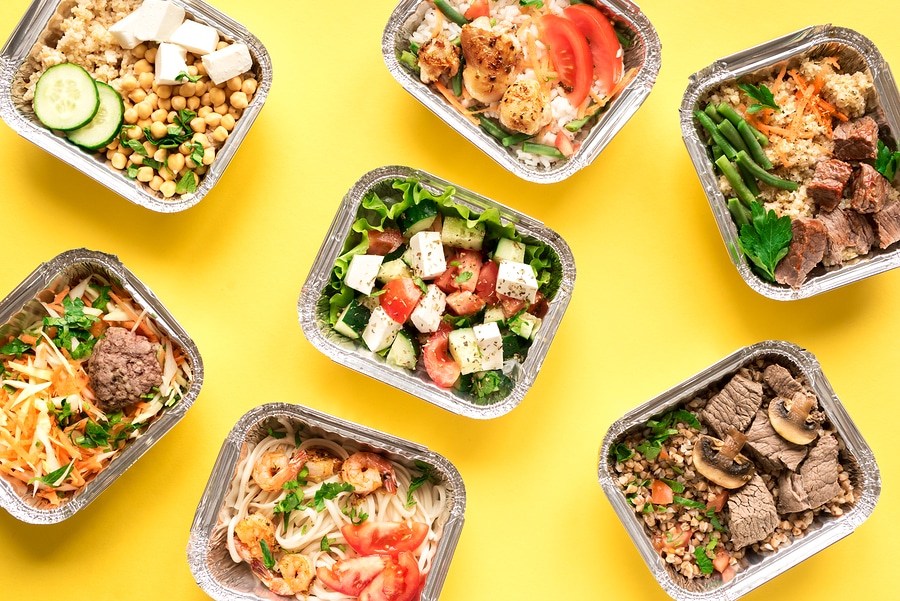Finding the right guide to calorie counting does not need to be complicated. Think of calories as energy boosters, a nutrition measure of how much fuel the body gets from food to function. Counting calories is simply ensuring that your body has what it needs to breathe, talk, eat and walk.
Even if you are not consciously trying to lose weight, calorie counting can still be helpful. Healthy measures differ for age, gender, activity level, and weight, so be sure to take a look at the guidelines before crafting meal plans. The professionals at Mediplan Diet Services can also help.
Easier Calorie Counting for Home Cooking
The body stores excess calories as fat, so if you are trying to lose weight, you will need to burn more calories than you consume over time. Determining the number of calories in a food item is easy enough with a few kitchen tools, including:
- Measuring tins
- Spoons
- A kitchen scale to determine volume and weight
Here are a few tips that should make it easier to count your calories while cooking at home.
#1 Weigh Every Ingredient
Use a measuring tin to determine the volume and weight of every component you use in the meal. Write down this information for use later—you will need to be extremely accurate with fatty, sugary items to ensure precise calorie records that reflect your real intake.
#2 Use the USDA Nutrition Calculator
There are countless online resources for measuring and recording calories, but the USDA nutrition calculator is indispensable. It provides a simple recipe calculator with calorie intake for all foods. You can also search for a particular ingredient for the average calorie content and nutrients.
Change the calculations according to your recipe’s quantities. The USDA tool will then give an exact nutritional content that makes calorie counting a breeze while cooking at home.
#3 Calculate Servings
Do you know the number of calories in each item? Add them to find out the total for your meal. Stay calm if this number is high, as it is not yet representative of your true calorie consumption.
When you want to establish how many calories you will consume, count the number of servings you take from the recipe. Then, divide the total meal’s calories by that number to see the average per serving.
#4 Prioritize Quality
The quality of ingredients matters, especially for curating a healthy diet. Around 100 calories of broccoli will affect the body differently from 100 calories of pizza, but different grades of the same item might also give different calorie amounts. Be sure to check with professionals like Mediplan Diet Services for details.
#5 Archive The Recipe
The final tip is to write down what you calculate and archive that recipe. It makes it easy to remember the calorie count the next time you cook the same meal, even if you have to adjust the serving size. If weight loss is the goal, calories help, but you will still need to eat enough to exercise effectively.
Contact Mediplan Diet Services at 901-362-7546 today for a more detailed guide to calorie counting and health support services.

